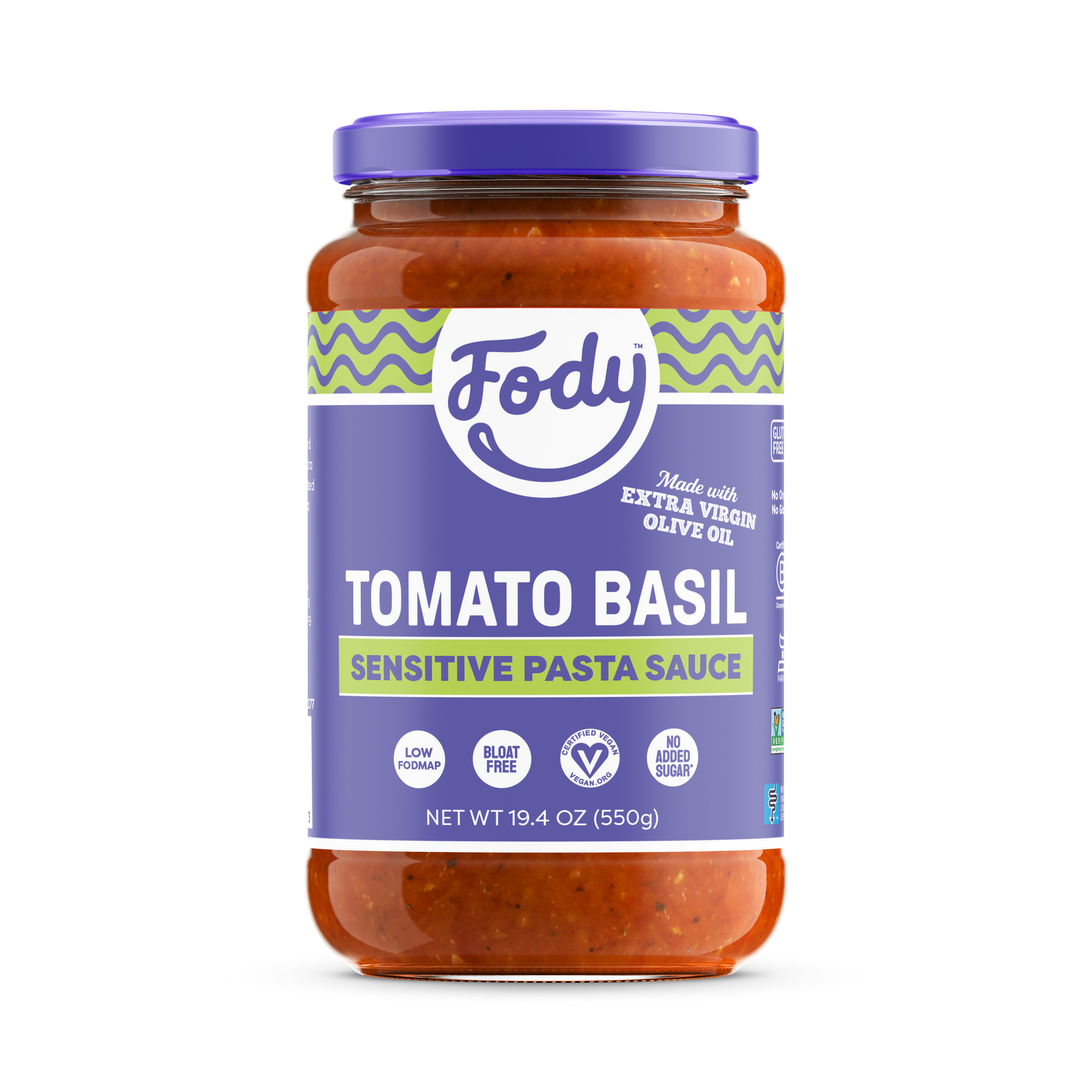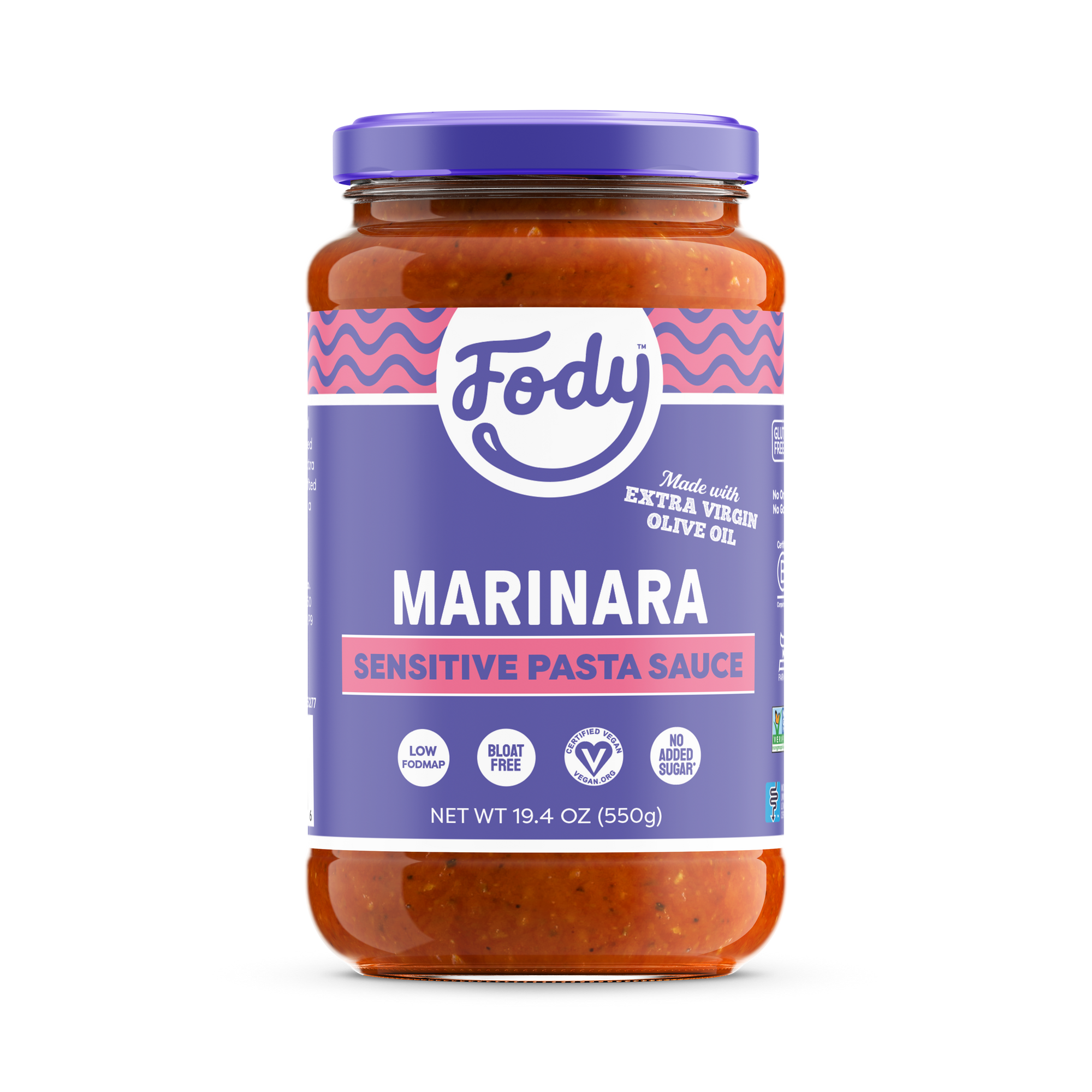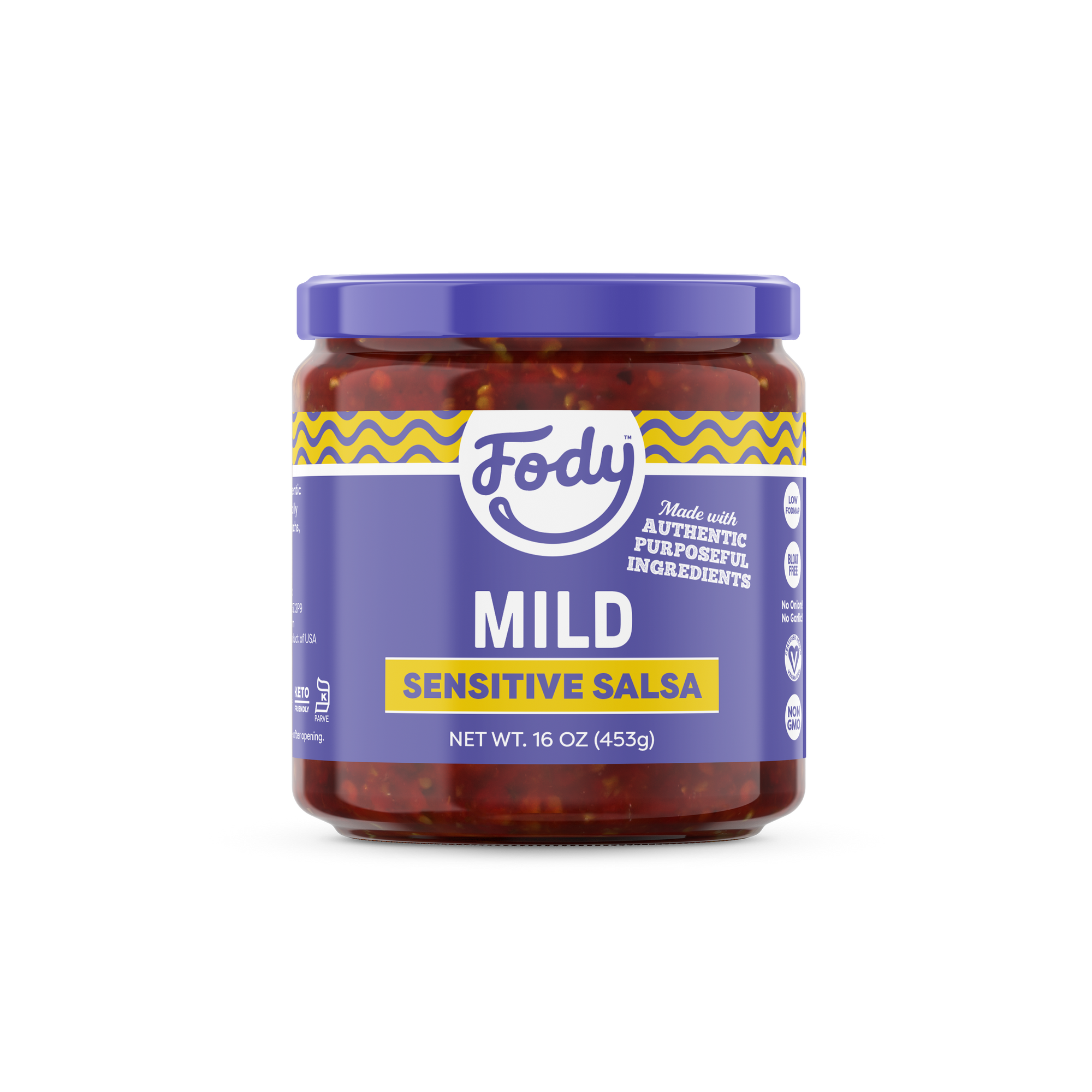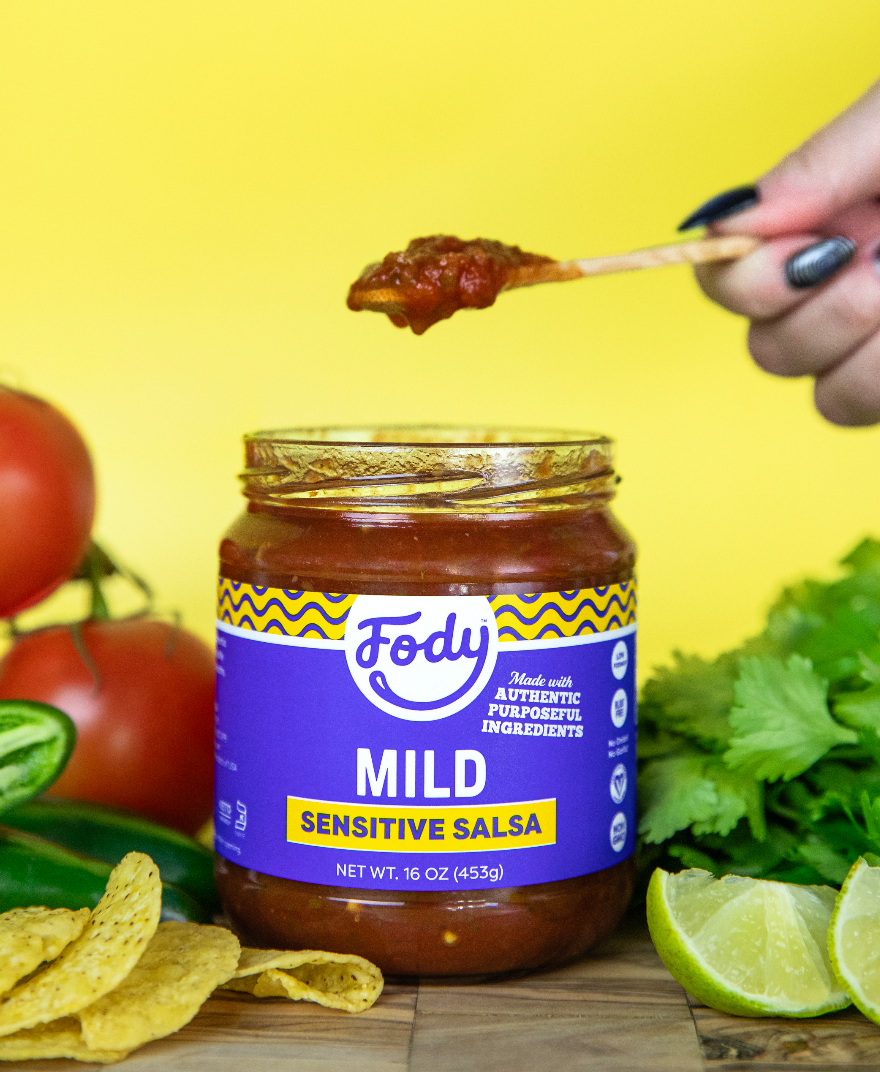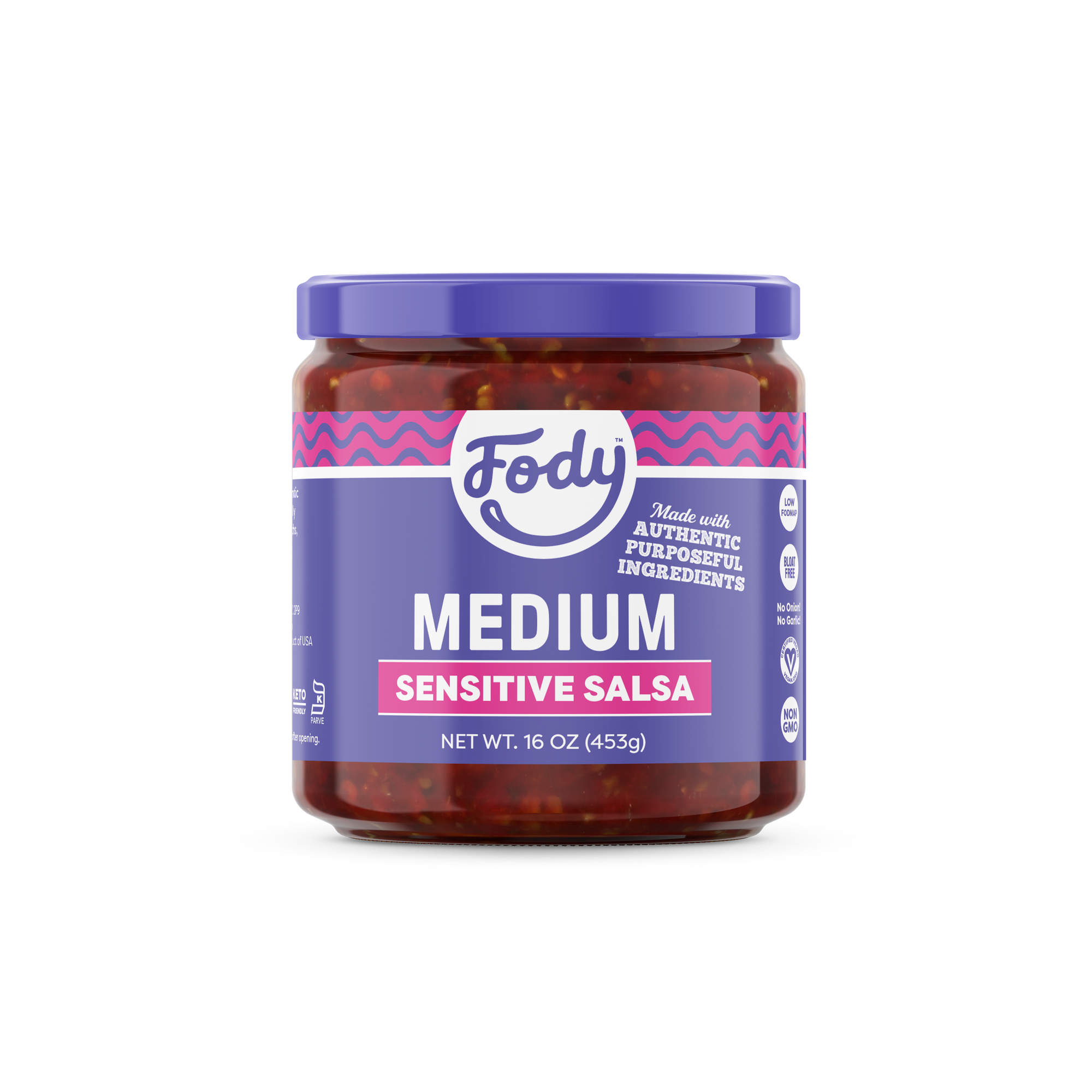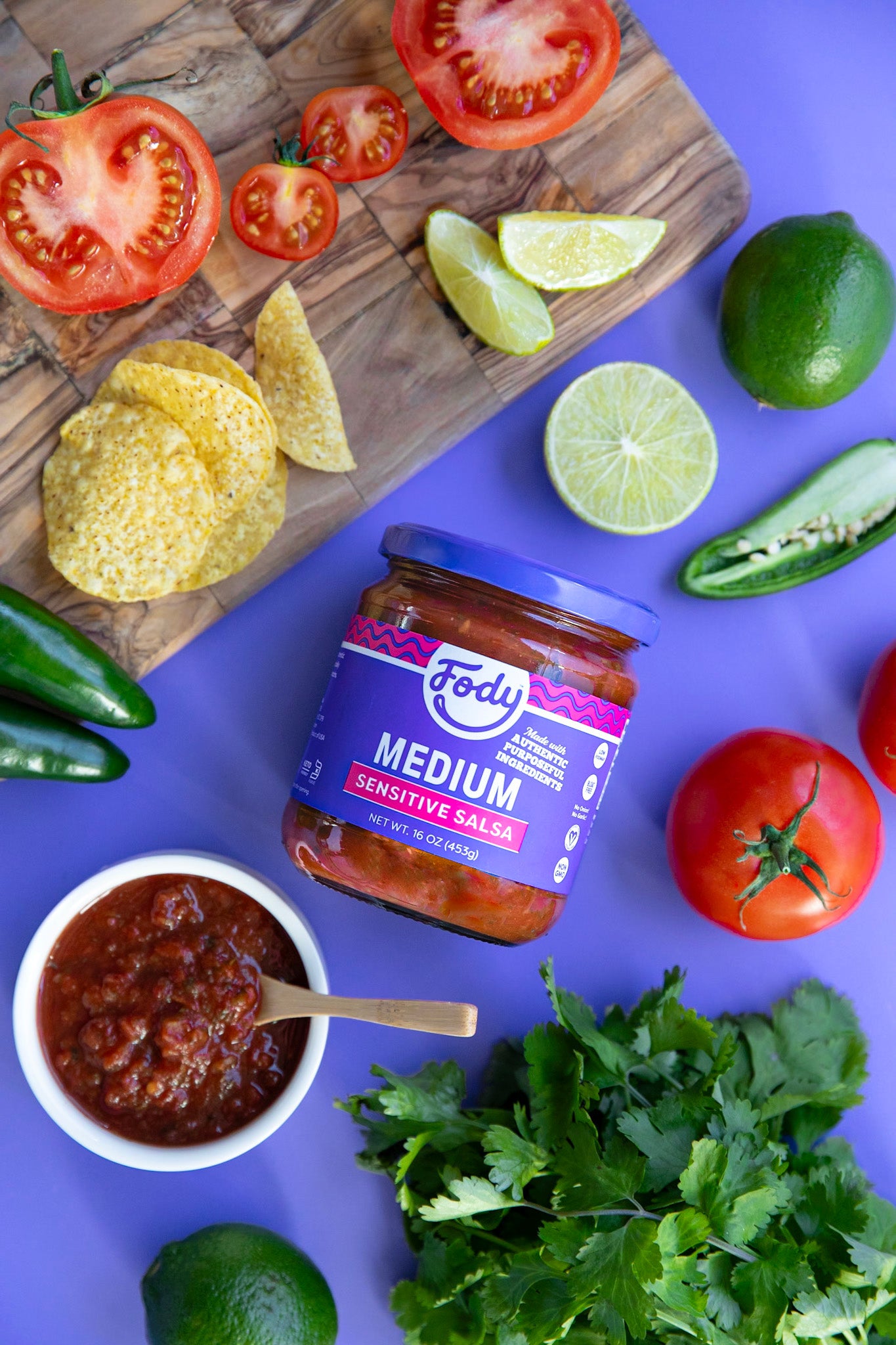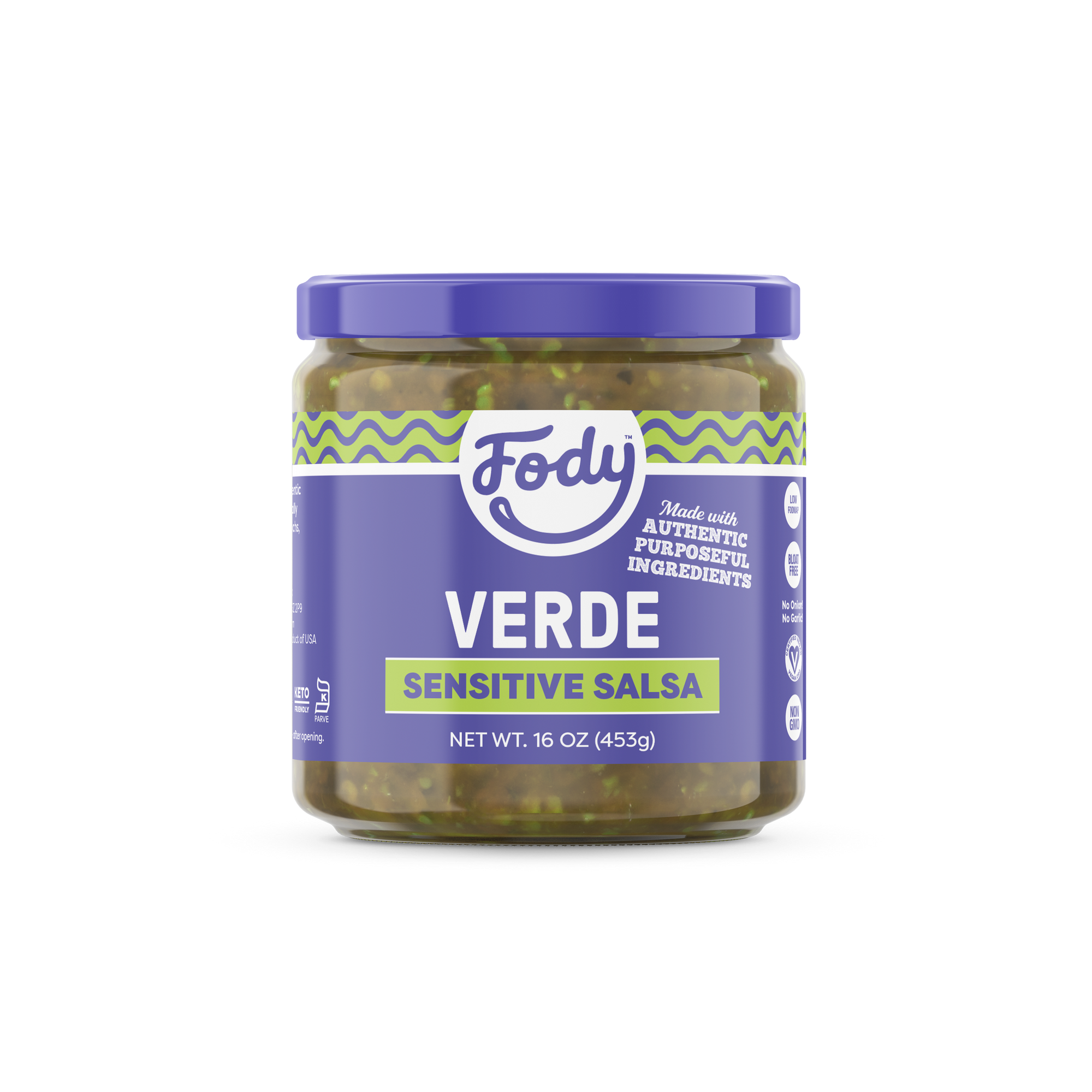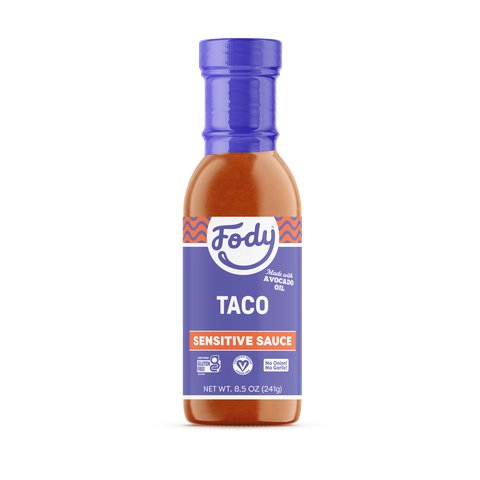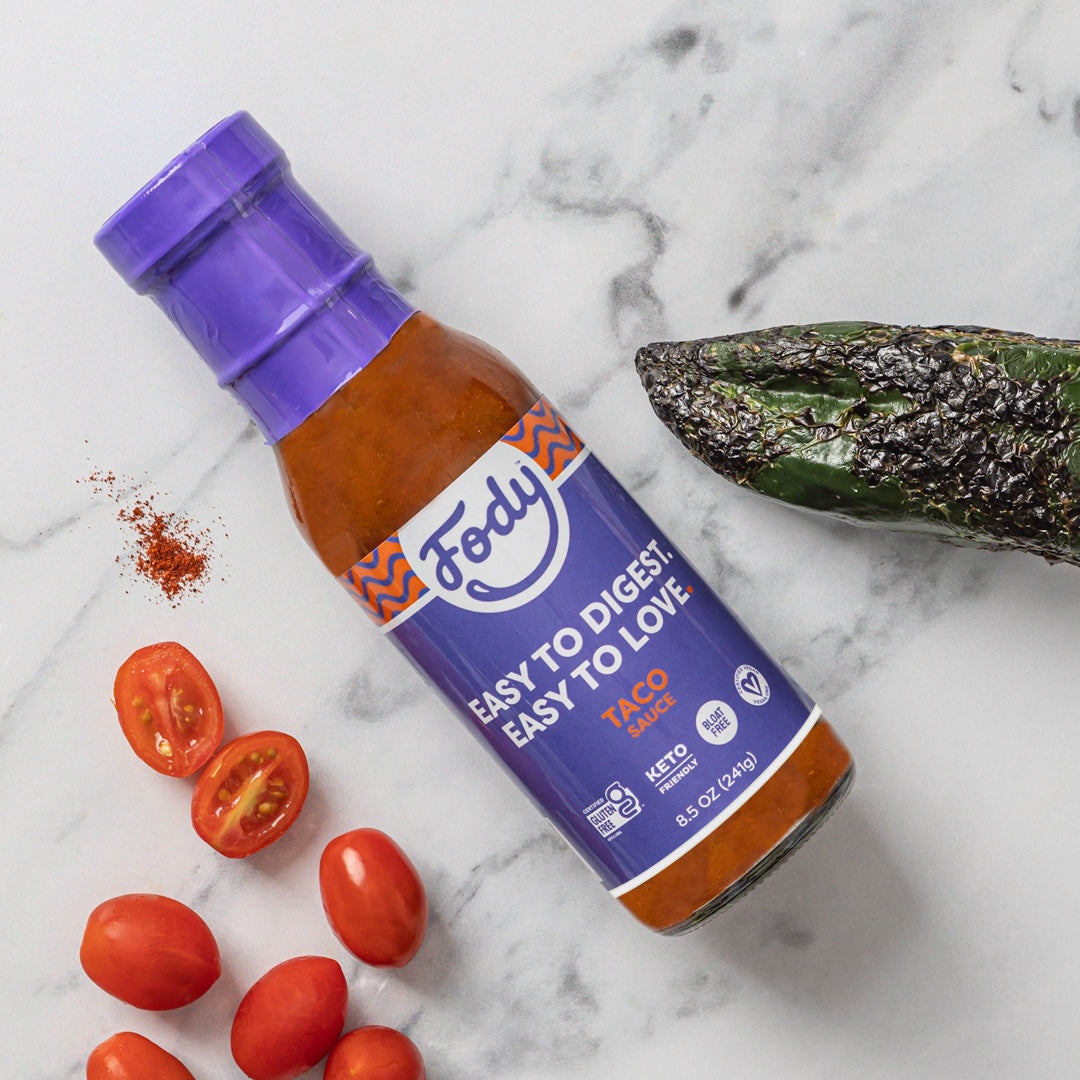

Traveling with IBS: 5 Tips for Traveling on The Low FODMAP Diet
Dealing with digestive issues related to IBS can be a real struggle some days. Luckily, following the Low FODMAP diet has been shown in research to help those with IBS experience significant symptom improvement.
Eliminating foods that are high in FODMAPs may work while you are at home and in control of your own symptoms, but the thought of travelling with IBS to a new city or country may leave you feeling anxious and worried – which can actually lead to more symptoms! We don’t want that!
Not to worry - in this article, we share 5 solid strategies to help you keep symptoms under control while you're traveling with IBS.
Travel Tip #1: Pack
Let’s start with the most obvious and most doable option to the best travel experience you can have - packing amazing Low FODMAP foods for traveling from home, in your suitcase! A few years ago this may have seemed impossible, but today we are lucky to have a few more options of easy-to pack-foods for traveling with IBS.
If you are travelling locally by car, you can bring a cooler and freezer pack in your car with roadside meals. You could make ahead some pasta with Fody Pasta Sauce, ground beef and roasted vegetables for a mid-day pit-stop lunch. Or, pack a few sandwiches or wraps with all the ingredients that work for your gut.
Next, make sure that you have those mid-day Low FODMAP snacks planned and organized. You can pack some bananas, oranges or grapes for your trip to the airport, flight, or even the first few days of your trip. And include one delicious Low FODMAP Snack Bar, whichever your preferred flavor, for each day. These Low FODMAP foods for traveling are a satisfying source of protein for in between meals.
Another great item to pack is dried oatmeal and chia seeds, to make sure you get a daily dose of fiber to keep those bowels moving well. You want to have a fiber plan in place and bringing this from home can ensure you get enough.
Finally, some soothing items for the days when FODMAPs can get into your meals really can help you feel a lot better. I usually recommend a digestive tea blend with peppermint and/or fennel and/or ginger to my clients. This is best to have after a meal, and can take your symptoms down in severity. You could also pack some peppermint oil or capsules as there is research to show this can reduce IBS symptoms as well.
Travel Tip #2: Plan
Planning can go a long way! When I talk about planning, what I mean is planning where you can eat! I recently just went on a trip to Dallas, so in order to prepare and plan, I searched local restaurants that offered gluten-free and/or lactose-free options. These restaurants usually are aware of food allergies and much more likely to be able to alter menu items for those traveling with IBS.
Also, look for restaurants that offer fresh and “made-to-order” food options. This means they have options that aren’t made a day ahead, but they actually make your risotto or pasta fresh right when you order it. When an item is “made-to-order” you can request that the kitchen avoids using garlic, onions and any other high FODMAP ingredients you are hoping to avoid.
Don’t forget to look at where these restaurants are in relation to where you are staying. If it’s a 30 minute Uber, it might not be a good option. I find when I'm on the hunt for Low FODMAP foods for traveling, depending on the city, there are quite a few good options that I can order delivery from. That way, even if the restaurant you want is quite a distance away and you don’t have time to travel, you can actually just order on an app on your phone and get something delicious, easy and works for your gut when you have a break in your day.
I tend to recommend those of us with IBS try and stick to items like oatmeal and eggs for breakfast, and simple, clean meals like rice bowls with cooked vegetables for lunch and dinner.
Travel Tip #3: Make Your Own Meals
One thing that will help you while travelling with IBS is to have a kitchen or kitchenette where you stay so that you can prepare as many of your own meals as possible. There are many options with local condo or house rentals online or you can book a hotel suite which has a kitchen included. If you don’t have the option where you are going to have a kitchen in your room, even just a fridge and a kettle can do you well.
Your next step is to pack some things that can be made in your room. Things that travel well are dried oatmeal, Low FODMAP Soup Base, and other dried items. When you arrive at your destination, head to the local grocery store to pick up some easy ingredients you can keep in your room to snack on and to make breakfast and quick meals. Make sure to read food labels to pick foods that are Low in FODMAPs.
For example, you could bring a plastic bag with dried oats, brown sugar and Chia seeds from home. Then, pick up some fresh blueberries from the store. Add hot water to your oatmeal mix, cover for 5 minutes and let cook. Top with blueberries and you’ll have a delicious high fiber breakfast each morning. Or, you could pick up lactose-free Greek yogurt, top with a handful of low FODMAP nuts, and you have a balanced, high protein snack!
Another option is to pack some packaged instant rice and Fody Soup Base, then pick up cooked chicken and washed, cut-up stir-fry vegetables. Put it all in a bowl, add boiled water from your kettle. Cover and let it all warm up for 5-7 minutes for a delicious Low FODMAP Instant Soup!
Travel Tip #4: Room to Relax
One of the biggest, most influential symptom triggers for those of us with IBS is anxiety. There are so many things to cause anxiety when you are travelling- from the travel itself, to things going wrong with your room, or traffic from the airport, or losing your luggage.
Make sure that you keep space every day in your travel itinerary for some relaxation and quiet time. This may mean choosing a resort that offers yoga or meditation classes each morning, a hotel near a walking trail or just making an hour every day in your schedule to do absolutely nothing! You could also download a mediation app to your phone to allow some solid mediation time each day to calm the mind and body.
Whatever your plan is, make sure to not overfill your day with activities and schedule in that quiet time to do nothing so that you can allow your nervous system to calm and keep symptoms away.
Travel Tip #5: Reintroduce
This is one of the MOST important tips when it comes to travel. You might be thinking “I thought this article was about Travelling on the Low FODMAP Diet, why are we talking about reintroduction?” Well you’re right, however, it’s incredibly important that we talk about how reintroducing FODMAPs can help you live your life better, especially when you are eating away from home.
Firstly, according to the experts at Monash University, where the Low FODMAP diet was founded, the extreme elimination phase of the diet, where you avoid ALL high FODMAP foods should only be followed for 4 to 6 weeks. That means that after just a few weeks, you need to expand your diet and reintroduce high FODMAP foods back into your diet.
The goal with FODMAP reintroduction is so that you can understand what your threshold of FODMAPs is. That means whether or not you can tolerate the five different groups of FODMAPs, and how much you can tolerate from each group or in total without having digestive symptoms related to IBS like gas, bloating, discomfort, pain, diarrhea and/or constipation.
Think about this threshold concept like a bucket. Everyone with IBS has a different sized bucket. You can fill this bucket with foods high in FODMAPs and not experience symptoms, but when the bucket is full, you will experience IBS symptoms. Your job is to understand exactly how much FODMAPs is ok for your body to handle.
What does this have to do with travel? Once you have completed the elimination phase and if you can work through reintroduction, where you can identify what FODMAPs you can tolerate and how much, this will help you make the best choices for your body when you travel and eat away from home.
For example, you may be able to tolerate a small amount of garlic, but not onion. So when you order at a restaurant, you ask the staff to make sure there is no onion in your food, but you don’t have to give them a long list of food avoidances which includes garlic- just the FODMAP foods you know you can’t have.
Or, perhaps you can handle a small amount of wheat for example, let’s say 2 servings each day, without any symptoms. But if you eat wheat at each meal like toast for breakfast, a sandwich for lunch and pasta for dinner, you do experience symptoms. That means when you travel, you do your best to eat wheat-free options like rice, potatoes and oats for most of your meals, but you know you can have a sandwich if you are in a hurry and need something quick without experiencing any symptoms.
You also have the relief of knowing you can have a few FODMAPs here and there in your day without worrying about symptoms surprising you. It’s this worry, anxiety and stress that can keep symptoms hanging around. Reintroduction allows you to get super clear on what you can include and what will actually trigger your digestive issues. So, make sure you prioritize working through the reintroduction phase of the diet with your dietitian as soon as possible.
Travel can be experienced and enjoyed for those of us with IBS, with just a little bit of planning and preparation you can be on your way and symptom-free… and of course, with a few Fody bars in your pocket, you’ll be satisfied, happy and ready to fill your day full of adventures!
About the Author






